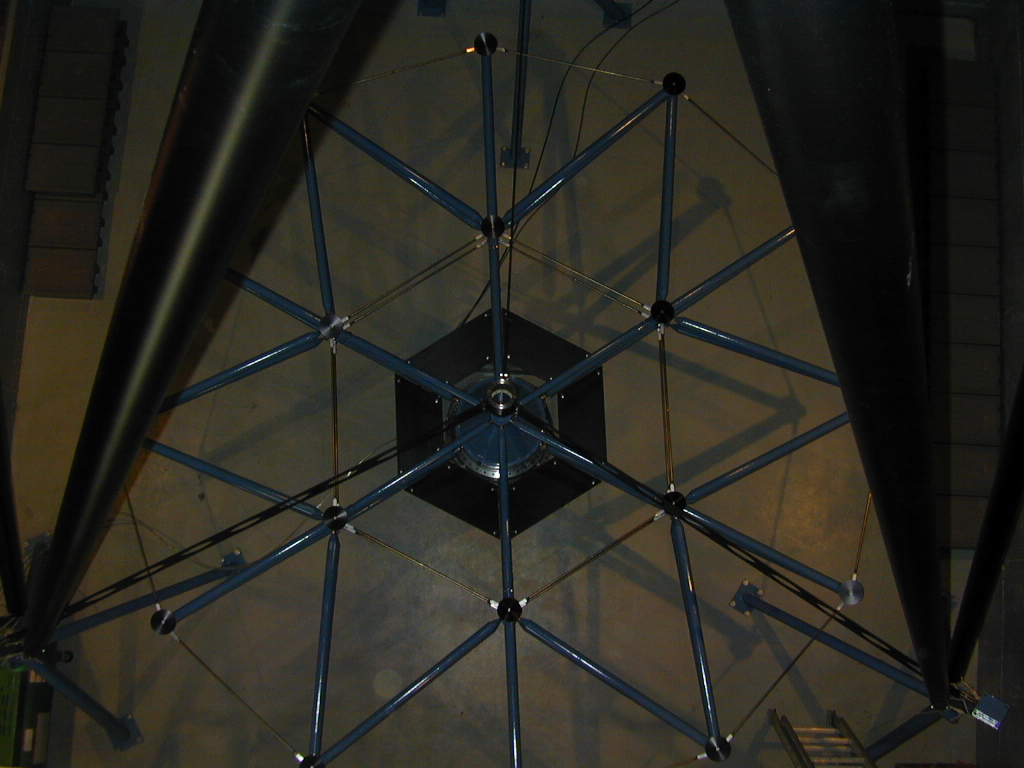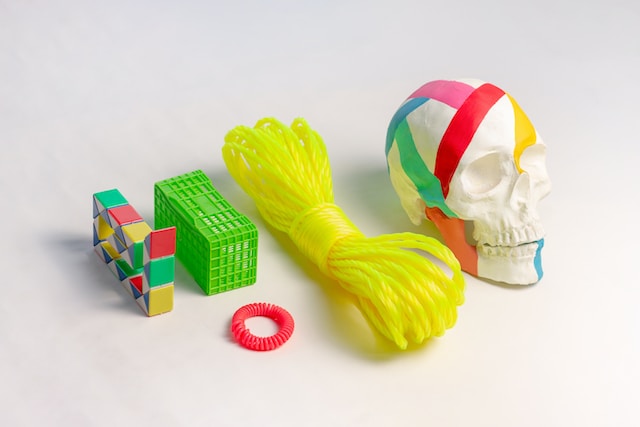This SPIDER doesn’t crawl up walls in search of flies; it hitches a ride via balloon to the edge of space seeking gravitational waves produced during the Big Bang.
The successful New Year’s Day launch took place from Antarctica’s Ross Ice Shelf, and SPIDER returned to Earth on January 19th. That was a deadline needed in order to make it out before the Antarctic winter kicks up in March.
An international collaboration of universities, exploration agencies and funding sources, led by assistant professor of physics William Jones and his team from Princeton University, hope to gain a deeper understanding of our early universe from information collected through SPIDER’s six sun-shielded cameras.
Funding was provided by a number of institutions including NASA, the National Science Foundation (NSF), the Columbia Scientific Ballooning Facility (CSBF), and the Canadian Space Agency.
The balloon-borne SPIDER was launched by polar winds that yanked the helium-filled orb to an approximate height of 120,000 feet. While in orbit on the short-term mission, the camera team searched for gravitational energy fluctuations and densities left over from the Big Bang.
In the beginning of the short flight, the team could have once-per-day communication with the instrument for about 20 minutes through their high bandwidth antenna, during which time they could receive tiny packets of information and even perform a few operational functions.
Now SPIDER has returned to Earth, landing near the McMurdo Station. The team still needs to retrieve the equipment and gather the evidence not transmitted earlier. Then the fun begins with the process of sorting and analyzing data.
The team’s enthusiasm is contagious. You can follow along on the expedition at their blog. They are just now beginning to analyze the data retrieved and welcome excited visitors to join them along the way.
According to Jones, “By all measures, the data look great. Of course we won’t know until we can look at the full set of data where we stand, but we couldn’t be more pleased at the moment.”
What’s not to like about a vicarious expedition to Antarctica to study signs of the early universe? I’m pretty sure there’s no sense putting such a trip on MY bucket list at this point in my life, so I’m happy to have a taste of the adventure through these avid explorers. Grab a parka, take your Internet device outside this winter and join the team in their exploration through their on-site blog postings.







